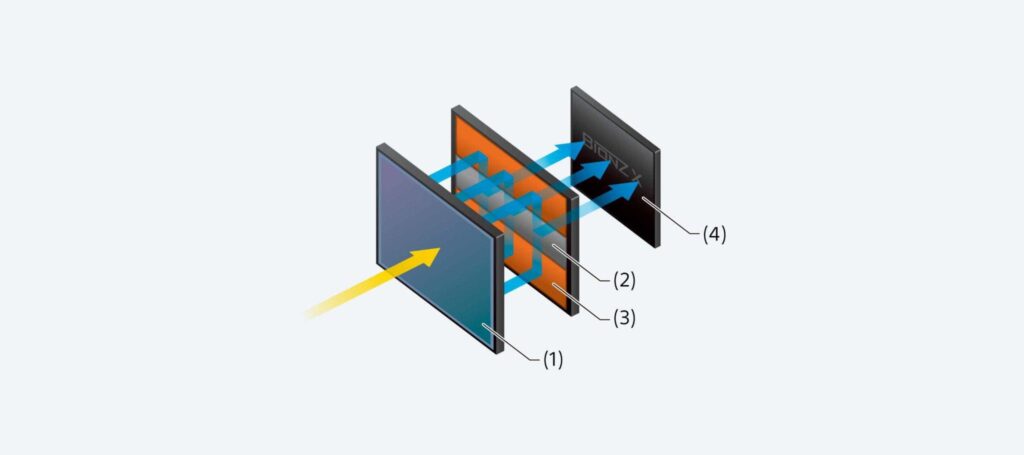Camera technology has come a long way, incorporating many groundbreaking innovations. But there are some technologies that took the camera industry far into the future. A stacked CMOS sensor is one of those innovations that has opened many possibilities. And if you take a closer look at the camera market, almost all the camera brands are incorporating this technology to make their cameras more powerful than ever.
Today we are going to take a look at why stacked CMOS sensors are going to be the future of the camera industry.
Difference Between Standard and Stacked COMS Sensors
Let’s start our discussion by understanding the fundamental difference between a standard CMOS sensor and a Stacked CMOS sensor.

A standard CMOS sensor has mainly one layer in which all the pixels and associated circuitries are grouped together. So the primary task of collecting the light and processing is done within that layer.
On the other hand, a stacked CMOS sensor contains multiple layers. Usually, the first layer contains the pixels, and the next layer incorporates the logic. Though most stacked sensors usually have two layers, there are more advanced ones that come with another layer containing memory. As the tasks are divided into different layers, the overall sensor readout time becomes insanely fast. So now, let’s see how this helps photography and videography.
Advantages of Stacked CMOS Sensor

Until the arrival of stacked sensors, Megapixel has always been a dilemma to the camera manufacturers. The main problem is – more megapixel slows down the sensor readout speed, which causes the rolling shutter effect. So it became kind of a default in the camera industry that cameras with a higher megapixel count are best suitable for landscape, portrait and other types of photography, where it demands incredible details. But, when it comes to videos, those cameras were just not good enough.
On the other hand, to reduce the rolling shutter effect for high-end videos, manufacturers usually kept the megapixel count minimal, ranging from 12 to 24 megapixels. But again, those cameras used to fall short when shooting landscapes.
“But stacked sensors came as a lifesaver in this case. Stacked sensors are capable of processing light with blazing fast speed, even if the sensor includes higher megapixel counts. So stacked sensors literally paved the way for high-end hybrid cameras, capable of shooting both high-end videos and high-res photos.”

For example, let’s take a look at all the recent flagship releases from prominent camera manufacturing brands. “Sony has alpha 1, equipped with a stacked sensor. Canon has R3, which is also a stacked sensor camera. And Nikon has also joined the battle with Z9, featuring a stacked sensor. So it is an easy prediction that all the flagships coming in the near future will include the same stacked technology.”
And because of the boom of videos in social media and other platforms, camera users are looking for a one-stop solution for both images and videos. And stacked sensors deliver the exact thing to them.
There was a time when landscape photography was hugely popular. For most people out there, sports and wildlife shooting was out of the league. But with the change in time, those genres of photography and videography are getting more and more familiar to the masses. So the demand for cameras with incredible speed is on the rise.
One of the crucial factors while choosing a camera for wildlife or sports shooting is burst speed. There are a bunch of cameras with a reasonable burst shooting rate.

For example – APSC cameras are capable of shooting 30 frames per second, Like the Fujifilm XT4. Again, a micro four-third camera like Olympus OM-D E-M1 Mark 3, which can shoot up to 60 frames per second in burst mode.
“But as the sensor size increases, burst rates drop. So there was almost no full-frame camera with a burst speed of 30 or near. But as stacked sensors can contribute to speeding, we now have cameras like Sony alpha 1, capable of shooting 30 frames per second, a remarkable landmark for full-frame cameras.”
So that was all about stacked CMOS sensors and why it is considered to be the future of the camera industry. Surely, the future of the camera industry is going to be interesting.







